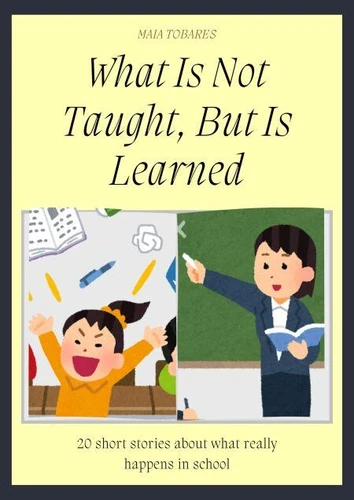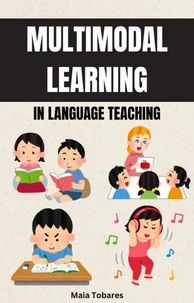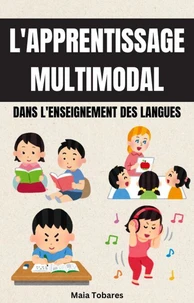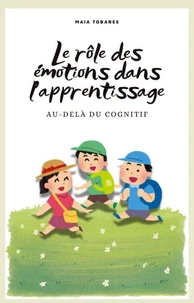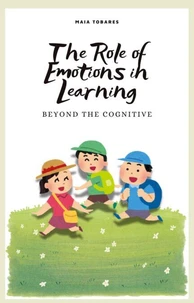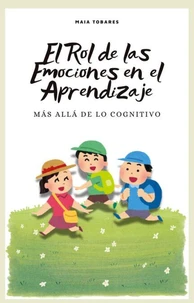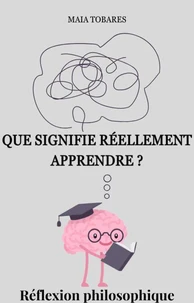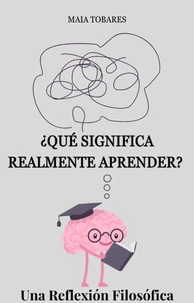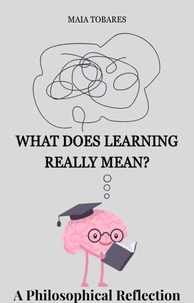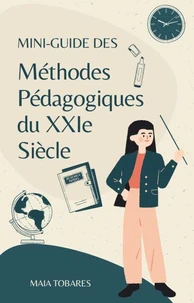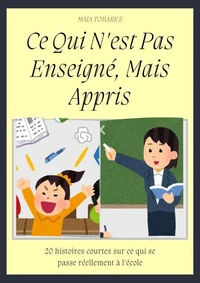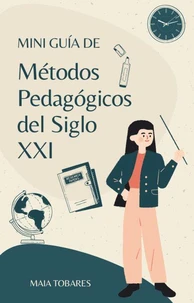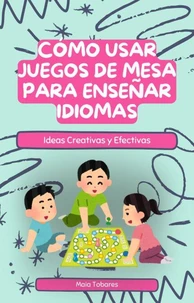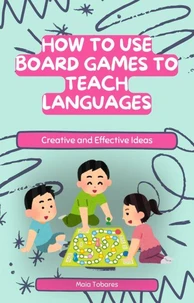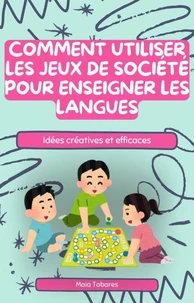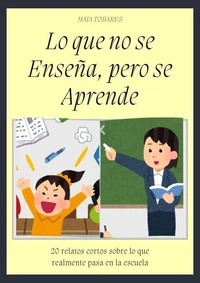What Is Not Taught, But Is Learned: 20 short stories about what really happens in school
Par :Formats :
Disponible dans votre compte client Decitre ou Furet du Nord dès validation de votre commande. Le format ePub est :
- Compatible avec une lecture sur My Vivlio (smartphone, tablette, ordinateur)
- Compatible avec une lecture sur liseuses Vivlio
- Pour les liseuses autres que Vivlio, vous devez utiliser le logiciel Adobe Digital Edition. Non compatible avec la lecture sur les liseuses Kindle, Remarkable et Sony
 , qui est-ce ?
, qui est-ce ?Notre partenaire de plateforme de lecture numérique où vous retrouverez l'ensemble de vos ebooks gratuitement
Pour en savoir plus sur nos ebooks, consultez notre aide en ligne ici
- FormatePub
- ISBN8231859511
- EAN9798231859511
- Date de parution04/08/2025
- Protection num.pas de protection
- Infos supplémentairesepub
- ÉditeurWalzone Press
Résumé
Writing this book was, in part, a necessity. After years of working in all kinds of classrooms-public and private, primary and secondary, large and small, well-equipped and others with just enough-I realized that what had the greatest impact on me were not the curriculum or the pedagogical theories, but the storiesThe real ones. The small ones. The ones that happen every day in every corner of the classroom and often go unnoticed.
Because there's no single way to teach, nor a single way to learn. Each school has its own logic, yes. But even more profoundly, each classroom is a different universeThe desks, the chairs, the blackboards (chalk or fiberboard, some even improvised) change. The gazes, the silences, the atmosphere change. The connections, the challenges, the ways of inhabiting that space we call "classroom" change.
And, of course, the students change. Each with their own story, their fears, their strengths, their context.
Because there's no single way to teach, nor a single way to learn. Each school has its own logic, yes. But even more profoundly, each classroom is a different universeThe desks, the chairs, the blackboards (chalk or fiberboard, some even improvised) change. The gazes, the silences, the atmosphere change. The connections, the challenges, the ways of inhabiting that space we call "classroom" change.
And, of course, the students change. Each with their own story, their fears, their strengths, their context.
Writing this book was, in part, a necessity. After years of working in all kinds of classrooms-public and private, primary and secondary, large and small, well-equipped and others with just enough-I realized that what had the greatest impact on me were not the curriculum or the pedagogical theories, but the storiesThe real ones. The small ones. The ones that happen every day in every corner of the classroom and often go unnoticed.
Because there's no single way to teach, nor a single way to learn. Each school has its own logic, yes. But even more profoundly, each classroom is a different universeThe desks, the chairs, the blackboards (chalk or fiberboard, some even improvised) change. The gazes, the silences, the atmosphere change. The connections, the challenges, the ways of inhabiting that space we call "classroom" change.
And, of course, the students change. Each with their own story, their fears, their strengths, their context.
Because there's no single way to teach, nor a single way to learn. Each school has its own logic, yes. But even more profoundly, each classroom is a different universeThe desks, the chairs, the blackboards (chalk or fiberboard, some even improvised) change. The gazes, the silences, the atmosphere change. The connections, the challenges, the ways of inhabiting that space we call "classroom" change.
And, of course, the students change. Each with their own story, their fears, their strengths, their context.

